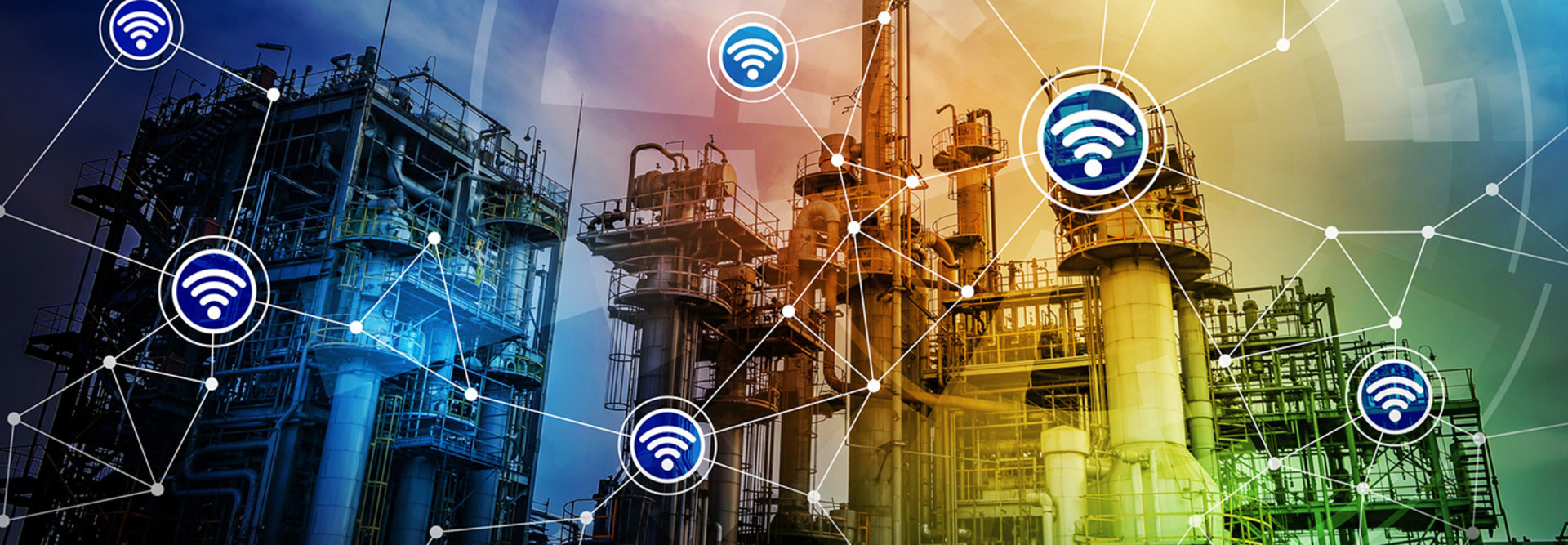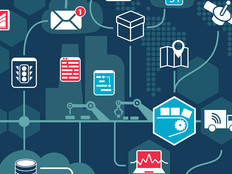IoT Data Is Flooding Businesses — How Can You Ride the Wave to Success?
For organizations in every industry, data is coming in massive waves. Busy IT teams and line-of-business leaders have two options: either use this data to improve operations or drown in the tsunami and fall behind the competition.
The sources of this tidal wave are varied. More devices are generating more data than ever before, and it needs to be captured, stored and analyzed by organizations that want to make use of it. A 2016 Business Insider study estimates that 34 billion devices will be connected to the internet by 2020 — all generating data. These include 10 billion computing devices, such as notebooks, tablets and smartphones, as well as 24 billion devices connected via the Internet of Things (IoT).
To make use of this data, organizations must work through a digital transformation. Those that do so are setting themselves up to reduce operating costs and increase revenue by expanding their offerings or market presence.
How to Combine IT and OT Systems
Today, networking technologies and sensors enable organizations to collect data from virtually everything: medical and mobile devices, appliances, cameras, wearables and vehicles, which can be assembled in an array of combinations to create smart homes, buildings and even cities.
But leveraging data from IP-enabled IoT devices is just part of digital transformation, says Link Simpson, IoT practice lead for CDW. At its core, he says, IoT is the convergence of IT and operational technology (OT). Data from these systems can be combined with and analyzed by IT systems to yield benefits such as remote monitoring, automation, streamlined processes and operational insights.
Among OT systems, organizations are leveraging data created by new sensors coming online. But smart organizations also use data from legacy systems such as supervisory control and data acquisition networks, programmable logic controllers and distributed control systems (in manufacturing environments, for example). In addition, they employ building management system components such as heating, ventilation, air-conditioning, power, lighting, elevators and security systems.
“This isn’t a rip-and-replace,” says Simpson. “We need to tie in all these existing systems that required significant investment and still have a long life.” Many of these are stand-alone systems, says Simpson, so they first need to be connected to an IP network so they can sense each other, and then converted to a common protocol so they can communicate.
IT and OT teams work together with service providers to connect stand-alone systems and merge operational networks with the enterprise network. This not only connects these systems through a single network, but it also enables stakeholders to leverage data from enterprise resource planning, customer relationship and other critical applications.
IoT Networks Can Be Complicated
Connecting multiple systems in an IoT deployment is a complicated undertaking, requiring systems integration, network convergence, a robust wireless deployment and increased storage capacity, as well as expanded cybersecurity efforts.
To manage these complexities and the cultural differences between IT and OT teams, many organizations turn to professional service providers with significant IoT expertise.
Despite the attention IoT has received, most organizations are still planning or in the early stages of implementing their projects. Experts suggest that organizations start with projects that have simple use cases, primarily internal, that they can then build on. In a 2016 Gartner survey of U.S. organizations planning or engaged in internal IoT projects, 81 percent said their focus through 2018 would be on optimizing operations in areas such as workflow, supply chain and inventory management.
For organizations planning or starting external IoT initiatives, 72 percent expected to concentrate efforts through 2018 on smart connected products that allow their enterprise systems to receive data from customers.
For more on IoT solutions, visit CDW.com/IoT.









